The Rapid Rise Of The Land Of The Morning Calm—Part 2
Images: Company websites
In 1974, it was the South Korean Government’s broad push into heavy and chemical industries that promulgated the Long-Term Automobile Production Plan. Under this plan, the government, to stimulate economic growth and an indigenous automobile industry, invited the assemblers to come up with ambitious plans to build up a Korean automobile industry. The five main assemblers—Kia, SsangYong, Shinjin, Asia and Hyundai—took up the challenge, but it was Hyundai that set the blueprint for the Korean way.
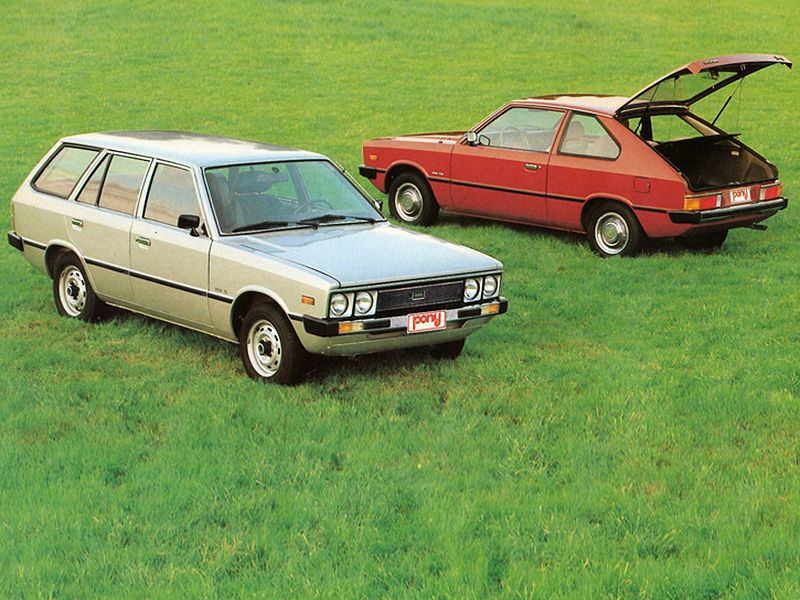
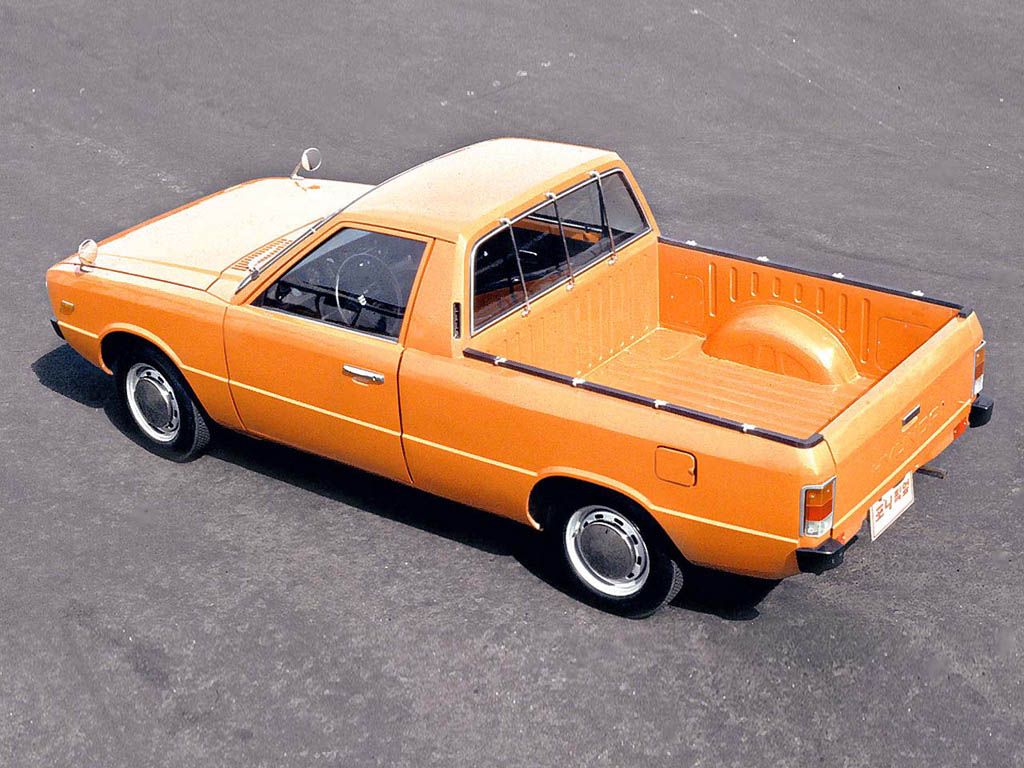
Hyundai, which means ‘modernity’ in Korean, was established as an engineering and construction company in 1947, by Chung Ju-yung. Son of peasants, Chung Ju-yong left his family at the very young age of 16 (from a village in what in now North Korea) to survive on several odd jobs, including that of a rice trader. After the war and the ‘liberation’ of Korea, Chung Ju-yung founded Hyundai Engineering & Construction Company in 1947, mainly for repairing and maintaining automobiles. Eventually, Hyundai went into heavy construction, which has remained an essential activity of the corporate group.
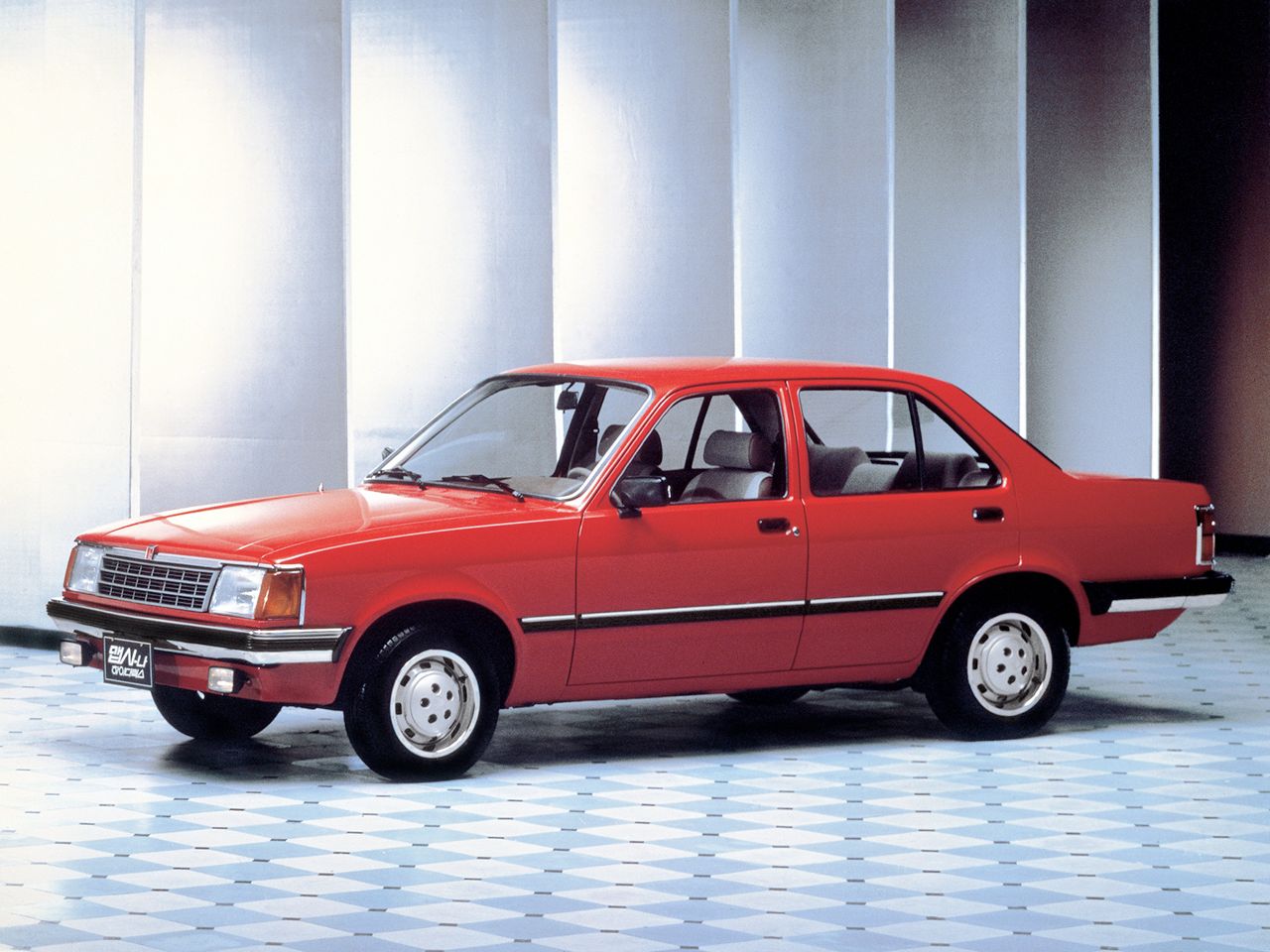
After the Korean War of 1953, the Americans, specifically Ford, entrusted Hyundai with the repair of military vehicles and construction of barracks for the US Army. In the 1960s, Chung Ju-yung got close to General Park Chung-hee, the military strongman who became the president of South Korea from 1963. Thanks to Ju-yong’s proximity to the powers-that-be, Hyundai received the contract to make the motorway linking the capital city of Seoul to the important port town of Busan in 1968; this, in turn, led to shipbuilding, the building of dams, nuclear power plants and so on.
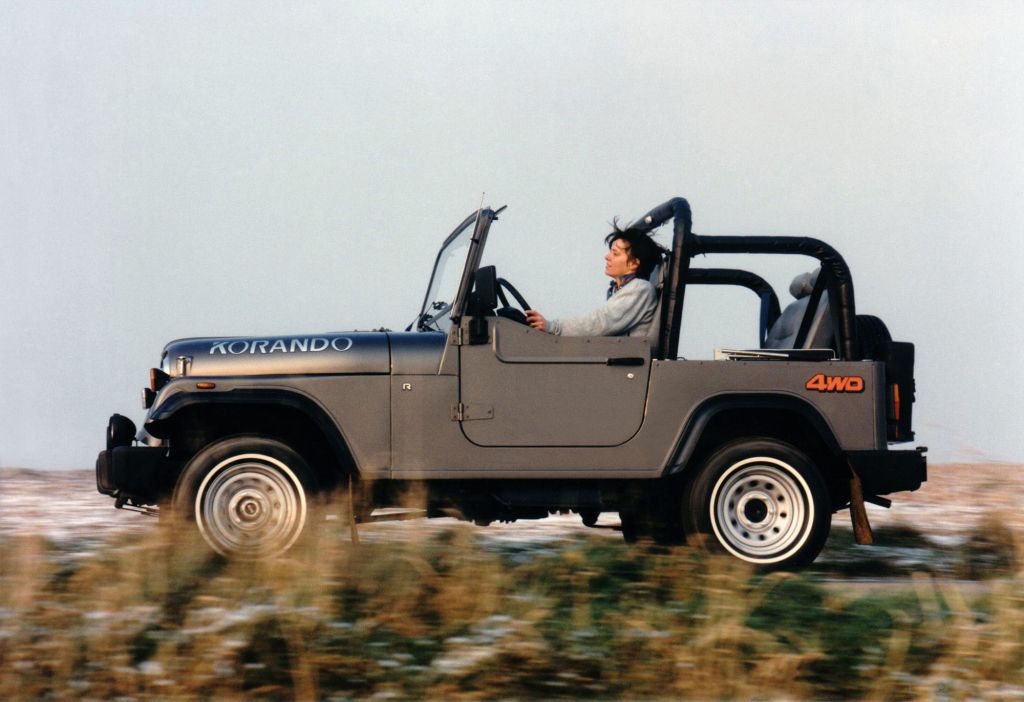
So when the call came to take Korea into the automotive arena, Chung Ju-yung and Hyundai were more than ready; they already had a brilliant master plan. Chung Ju-yung didn’t see the need for reinventing the wheel, nor did he see the need to follow the Japanese way; that of copying the designs of cars from Europe and building up an industry independent of the West. He decided, instead, to go to Europe to get the car designed…and get the car designed on the basis of tried-and-tested Japanese mechanicals.
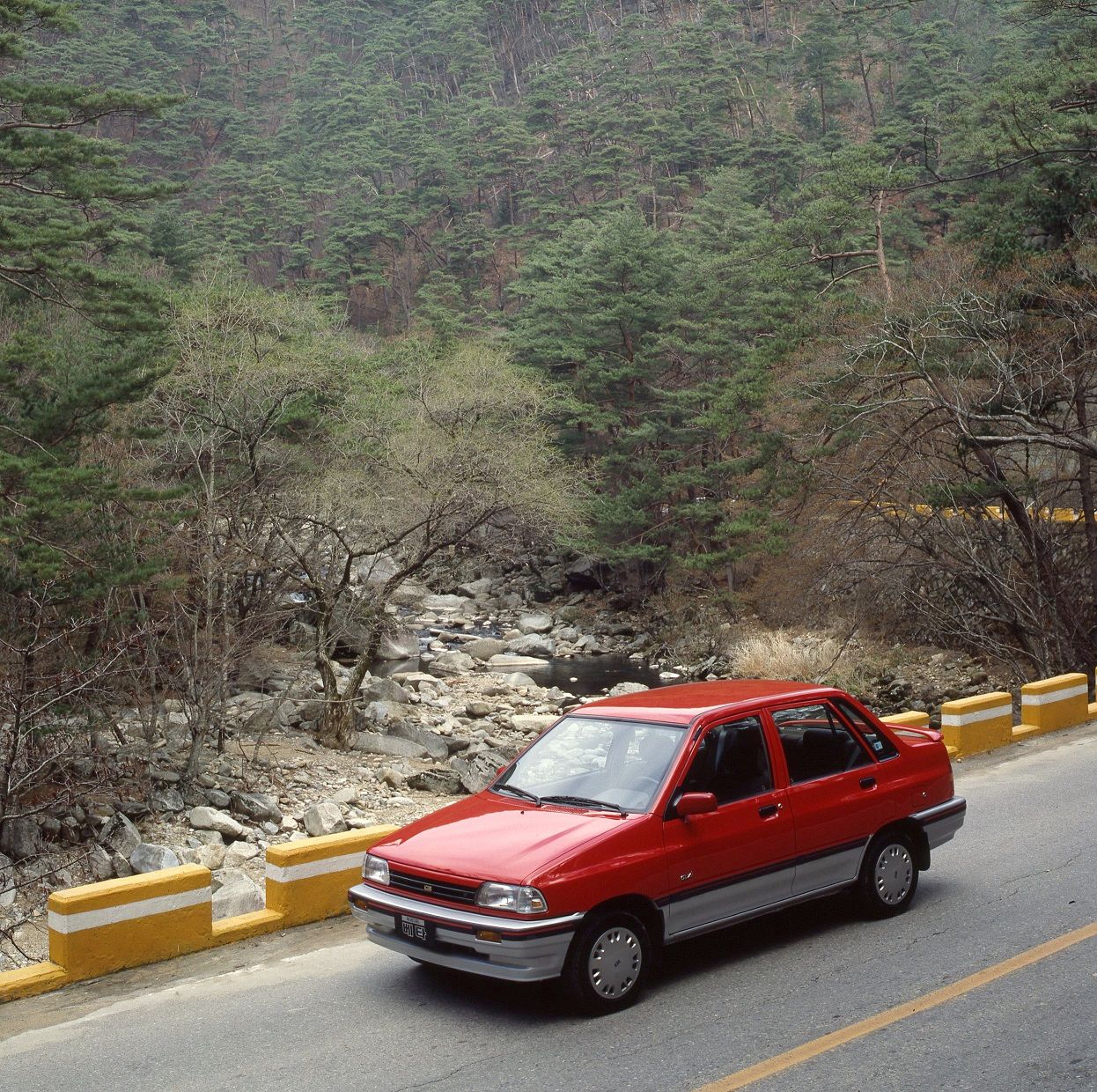
One of his first steps was to hire an experienced British automotive executive to run the business; George Turnbull (former managing director of Austin Morris at British Leyland) was brought in, along with a team of five engineers.
For the powertrain, Hyundai signed up with Mitsubishi for the supply and eventual localisation of the latter’s 1.2- and 1.4-litre petrol engines used for the Mitsubishi Lancer model of the 1970s.
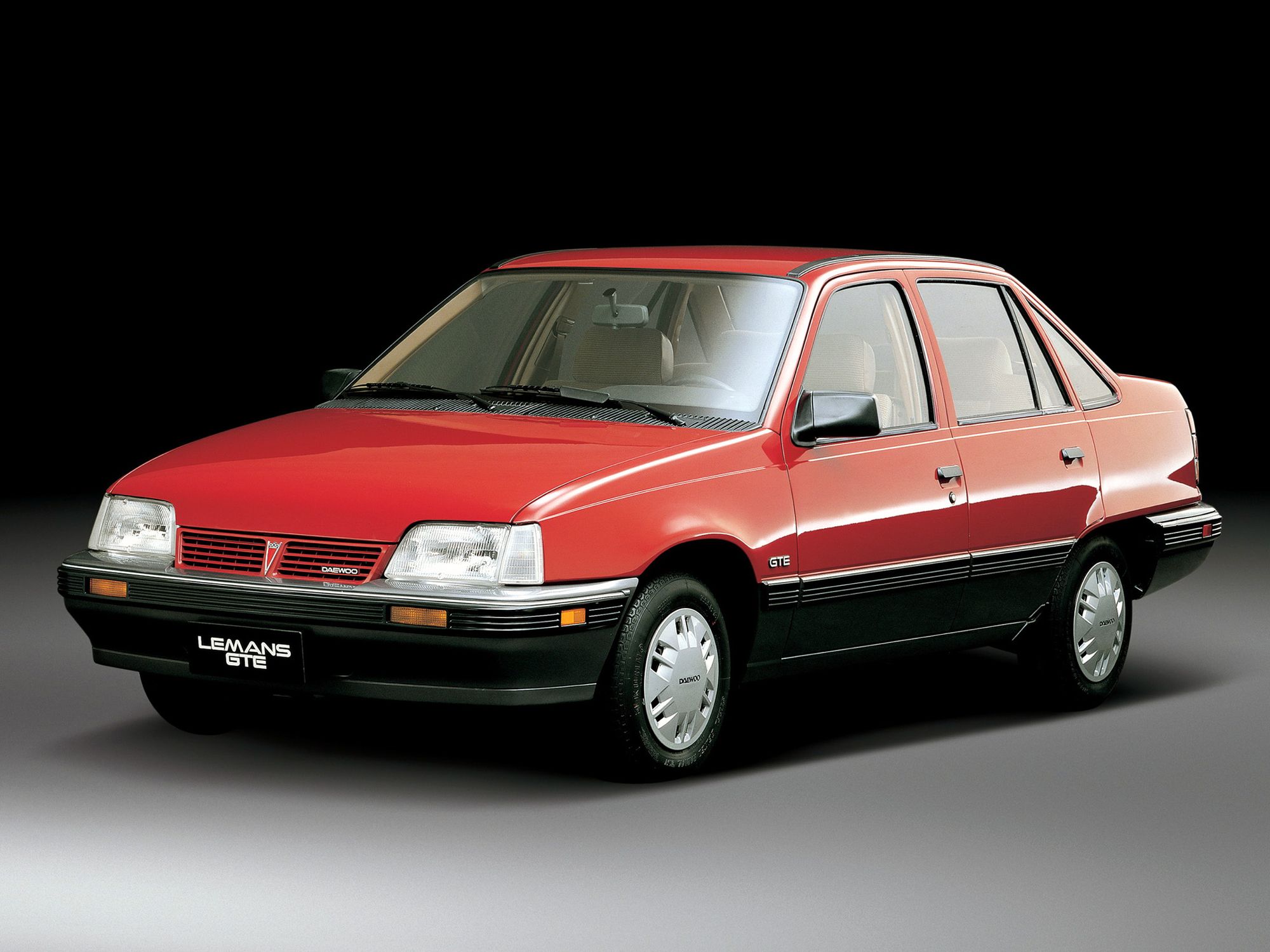
And for design, Hyundai went to Italian design house Italdesign. Dies and moulds for the body came from Ogihara Mould Company of Japan, the presses from France and funding from the French bank France Suez and British bank Barclays. However, the British management and engineers left soon afterwards over some disagreements and the engineering was completed by moonlighting Japanese engineers!
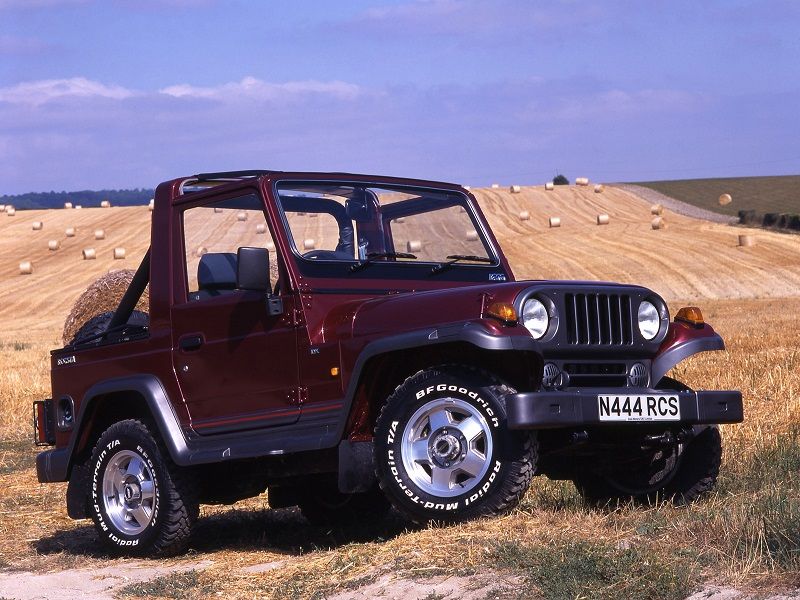
The Pony, Hyundai’s first car, was unveiled at the Turin motor show in October 1974, and the car went into production by end-1975. Though the first model in production was the four-door saloon, three-door and five-door hatchbacks and an estate joined the range shortly, with a pick-up version added later.
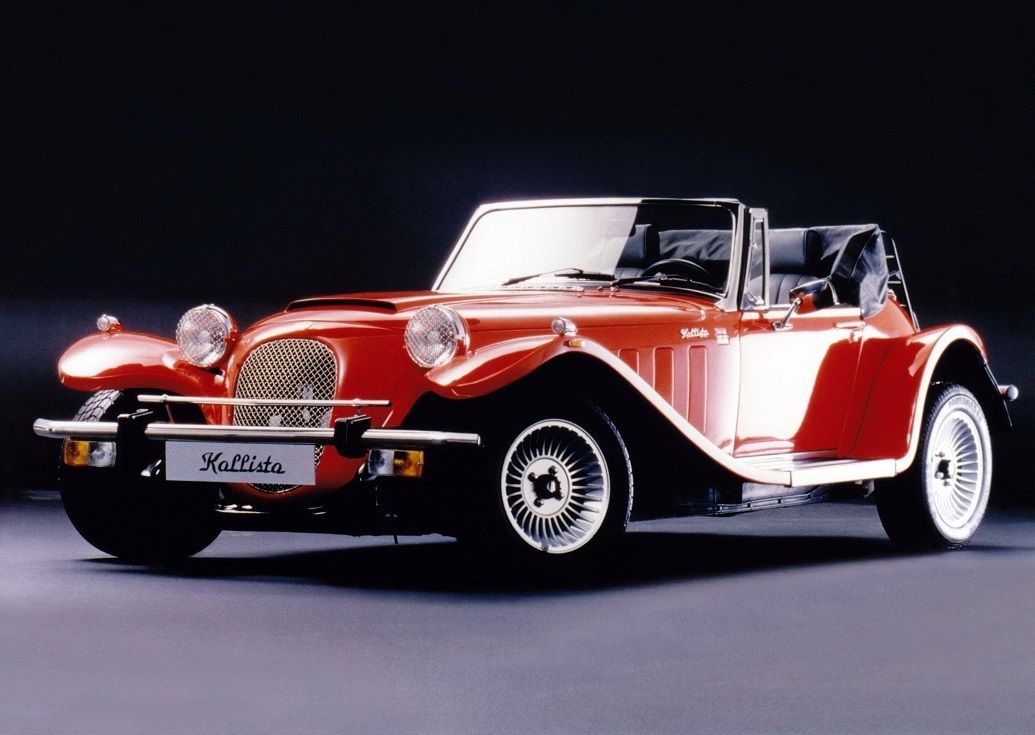
As the domestic market was too small, the South Korean Government had insisted that the industry had to be export-led. Hyundai exported its first batch of six Ponys to Ecuador as early as in 1976, in exchange for bananas.
The rest, as they say, is history…
Comments
Sign in or become a deRivaz & Ives member to join the conversation.
Just enter your email below to get a log in link.
